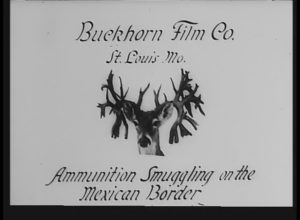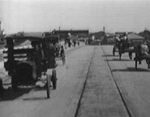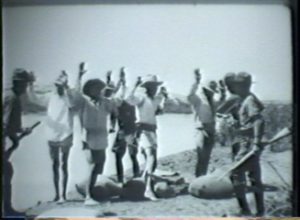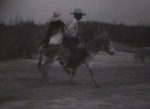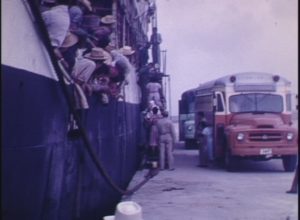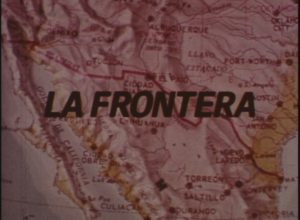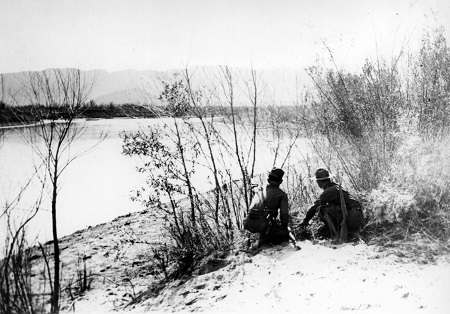
Before the creation of the United States Border Patrol in 1924, the task of protecting and policing the borderlands fell on the shoulders of the United States Army and the Texas Rangers. In addition to enforcing the boundary, troops defended settlements from Native American raids and apprehended Mexican bandits. This focus on non-Anglos, however, engendered a racialization of frontier law enforcement policy. DISCRIMINATION turned into state-sanctioned violence during the MEXICAN REVOLUTION, with the extralegal killings of thousands of Mexican immigrants and Tejanos between 1910 and 1920.
The arrival of the U.S. Border Patrol in the area changed the nature of border security, replacing local concerns with national mandates and moving the emphasis from the boundary line to the borderlands. Officers were only initially authorized to enforce federal IMMIGRATION laws, but grew to police all kinds of criminal activity throughout the region, particularly SMUGGLING. The racialization of policy, however, remained. Border Patrol agents largely substituted patrolling the border with policing Mexicans, using racial appearance as a measure of immigration status and turning immigration enforcement into labor control. By the 1960s, the agency transformed border security once again, situating immigration control within the context of domestic security and drug interdiction.


